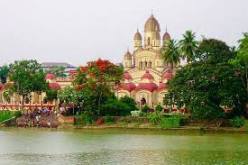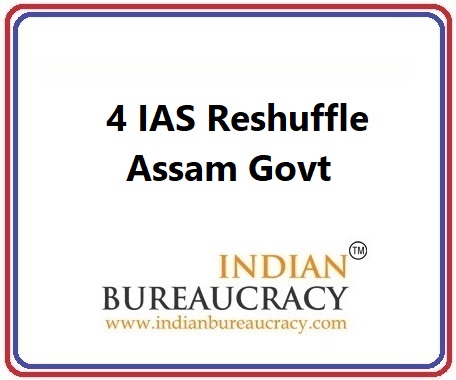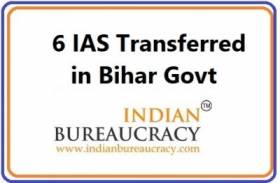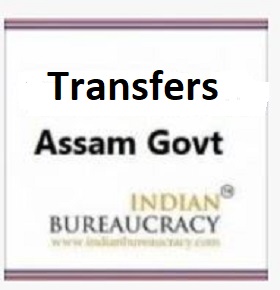West Bengal, located in the eastern region of India along the Bay of Bengal, is celebrating its Formation Day today. As the 4th most populous state and the 14th largest state by area in India, West Bengal is home to over 91 million people. Covering an area of 88,752 square kilometers, it is also the 7th most populous country subdivision in the world. The state shares borders with Bangladesh in the east, Nepal and Bhutan in the north, and the Indian states of Odisha, Jharkhand, Bihar, Sikkim, and Assam. The capital city of West Bengal is Kolkata, the third-largest metropolis and the seventh-largest city in India by population.
West Bengal encompasses diverse geographical features, including the Darjeeling Himalayan hill region, the Ganges delta, the Rarh region, and the coastal Sundarbans. The state’s primary ethnic group is the Bengalis, with Bengali Hindus forming the majority of the population.
The early history of the area witnessed the rise and fall of various Indian empires and a struggle between Hinduism and Buddhism for dominance. Ancient Bengal was home to several major Janapadas (ancient kingdoms), and the earliest cities can be traced back to the Vedic period. The region was part of prominent pan-Indian empires such as the Vangas, Mauryans, and Guptas. The citadel of Gauḍa served as the capital of the Gauḍa Kingdom, the Pala Empire, and the Sena Empire. Islam was introduced through trade with the Abbasid Caliphate, and after the Ghurid conquests led by Bakhtiyar Khilji and the establishment of the Delhi Sultanate, the Muslim faith spread across Bengal. During the Bengal Sultanate, the region became a major trading nation and was often referred to by Europeans as the “richest country to trade with.” Later, it was absorbed into the Mughal Empire in 1576, while certain parts of the region were ruled by Hindu states and Baro-Bhuyan landlords. The Suri Empire briefly overran parts of Bengal as well. Following Emperor Aurangzeb’s death in the early 1700s, Mughal Bengal became a semi-independent state under the Nawabs of Bengal and exhibited signs of the early stages of industrialization. The British East India Company later conquered the region at the Battle of Plassey in 1757, and West Bengal became part of the Bengal Presidency.
West Bengal has remained an important center for art, culture, and intellectual pursuits throughout history and played a significant role in the Indian independence movement.
In the post-independence era, West Bengal’s economy has been based on agricultural production and small and medium-sized enterprises. The state has experienced political violence and economic stagnation for several decades. Presently, West Bengal has the 6th largest state economy in India, with a gross state domestic product (GSDP) of ₹12.54 lakh crore. The state’s GSDP per capita is ₹115,748, ranking it as the 23rd highest in the country. West Bengal is also known for its two UNESCO World Heritage sites and is the seventh-most visited tourist destination in India. Despite these achievements, the state’s human development index ranking is lower than the national average.





